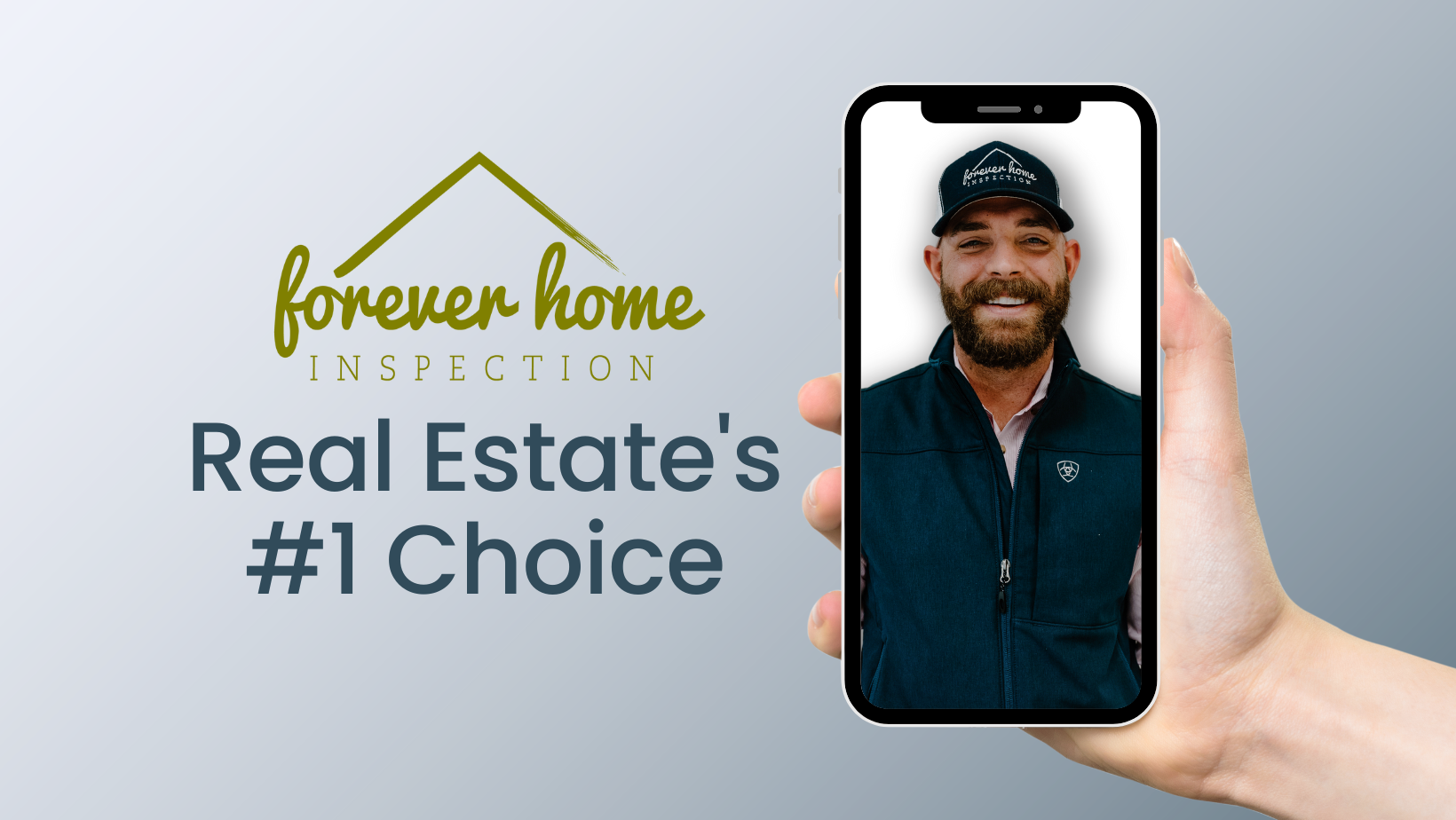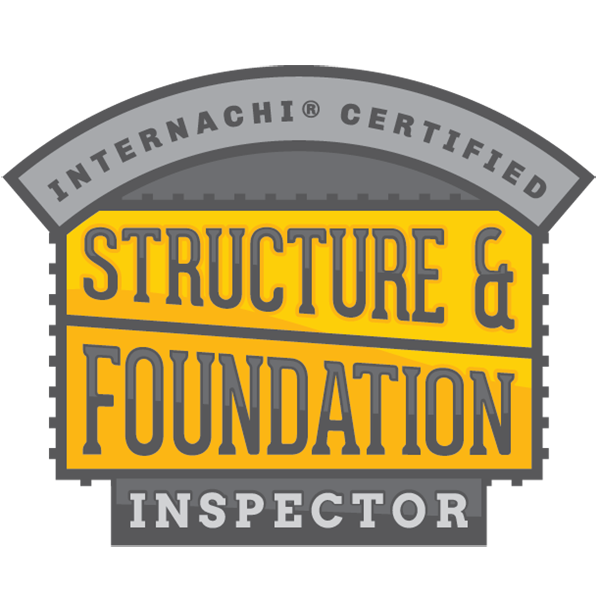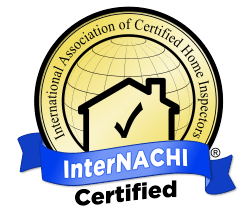The 5-L Approach to Conflict Management Strategy
When I think of the myriad of conflicts I’ve experienced in my life thus far, there are several ‘dos’ and ‘don'ts’ to conflict resolution I’ve learned along the way. Certain situations I’ve handled with great grandeur and then other times, maybe not so much. It’s funny how I tend to extract more from a fall-on-my-face moment than when conflict goes well. I think it’s a direct result of the constructive reflection that happens after the fact. You know, we’ve all had the thought. Boy, that conversation went terribly. What could I have done to prevent _________ ?
In this blog post, I summarize my learning about conflict management into, what I like to call, ‘The 5 L Approach.’ Let’s begin.
L - 1: Listen To Resolve Conflict.
Wow, what a novel idea! No really, listen. Listening is the place we should begin every single time a conflict flares. Why? Think about it. When two people engage in conflict it’s because they have opposing viewpoints. They don’t feel their viewpoint is valued or validated, so many unhealthy conflicts end up in shouting matches or simply not communicating at all, neither of which reaches a resolution.
Even if you believe you’re in the right, still take time to hear the other person. Practice active listening skills. According to the Center for Creative Leadership, active listening involves paying attention, withholding judgment, reflecting, clarifying, summarizing, and sharing. Be attentive and engaged. Don’t listen to the other person while preparing a counterargument in your mind. That isn’t listening.
Listen with empathy, seek to understand. Oddly enough, this works. When I take the time to seek to understand the other person’s perspective, it softens my own heart, my defenses come down, and I’m able to approach the person in a constructive manner. A discussion can be had, apologies exchanged, and the conflict ends. The power of active listening is huge. Give it a try in your next conflict.
L - 2: Level Your Language To Remain Focused During Conflict.
Keep the conversation level. What I mean is don’t allow your hackles to crop up, raise your voice, name call, or do anything that gets you off course into the weeds. Stay focused on the issue, don’t turn it personal, and remain calm, no matter how the other person behaves. Be sure to choose your language wisely that focuses on the issue, not the person, otherwise, it could be viewed as a personal attack.
For example, instead of saying, “You didn’t call the client,” say “We have a problem. The client is upset so we need to call and troubleshoot.” Do you notice the difference in messaging between these two examples? The first is accusatory and will immediately cause defensiveness in the other individual, whereas the latter is focused on the issue with a team mentality, working together toward a common goal of solving the client's concern.
Let’s face it. We ALL mess up at some point or have differing viewpoints, so when faced with an issue, how do you want your colleague to respond to you? I’d guess with a non-accusational tone and a teamwork focus of, “Hey, you go down, we all go down. You soar, we soar.”
Granted, there are times when a come to Jesus meeting is absolutely necessary. Personal accountability is key to any successful relationship. Just remember when you have the hard talks, keep your language level and approach him/her how you desire to be approached. It may seem trivial or even downright exhausting at times, but phrasing matters because language is powerful. What we say and how we say it is interpreted by those around us, so we must practice awareness of how we communicate. Communication is especially critical in a situation with conflict. Your communication style can either escalate or diffuse the conflict, so be mindful to level your language.
L - 3: Learn From The Experience to Better Resolve Conflict.
I have two things to address in this section.
First, learn all you can about healthy conflict resolution. Two, learn from past mistakes.
Good conflict resolution doesn’t come naturally for most of us, it’s a learned skill. Dive deeply into books, podcasts, internet articles, or anything you can find on the topic. There are a plethora of resources available for free of charge at your local library and, of course, online resources at your fingertips. Acquiring a few tools for your toolbox will go a long way in working alongside your colleagues and may even improve your personal relationships, too. I know it has been the case for me, so give it a try in your own life.
Musician Dale Turner said it best, “Some of the best lessons we ever learn are learned from past mistakes.” I’d add, that’s if we choose to learn from them. Truly learning from a mistake requires a great deal of introspection - questioning and challenging ourselves to what went wrong, why it went wrong, and how to prevent it next time. It may be helpful to examine these 3 questions:
Question 1 - What could I have said differently? Evaluate phrasing choices. The language used may have been received by the other party as aggressive, condescending, etc.
Question 2 - What could I have done differently? Evaluate body language, such as leaning in, make eye contact. Calling may be a better option instead of texting so that the message isn’t misconstrued through a lack of emphasis or inflection.
Question 3 - Do I feel good about my part and am I proud of myself? A big part of conflict is remembering that it takes two to tango.
Sometimes you will enter into conflict with an unreasonable or immature person. No matter what you say or do, he/she simply won’t be satisfied, even if you’ve done and said all of the right things. At the end of the day, it’s up to you how you feel about the situation, whether or not you’re proud of who you were in that moment, and how the issue was handled.
The answer to this question will give you a lot of insight into your next steps forward with the caveat that you’re honest with yourself. As Ken Sande unfolds in his book, The Peacemaker, conflict begins with you and me - our own hearts.
Relationships require humility, an absence of pride, in order to flourish in healthy conflict resolution. Ken’s book sheds light on this concept of conflict being a result of us, so pick it up. It’s a challenging, refreshing, and rewarding read all at once.
L - 4: Log Your Experience to Protect Yourself and Learn.
No, I don’t mean a tree stump out in nature. I’m referring to documentation. Documentation isn’t something most people think about being a key component of conflict resolution, but it is a necessary part. It may not be helpful in the current volatile circumstance, yet if there are future instances surrounding a similar conflict or with the same individual, you have documented evidence.
Documentation is particularly important if you’re in leadership. You need to document conversations between you and the people you manage. But logging can be done by anyone. If you’re a teacher, receptionist, or dental hygienist, it doesn’t matter your role. If there’s workplace conflict, log it.
I had an attorney advise me once, “The person with the most paper wins!” In other words, if you document everything, collect proof of conversations, emails, text (the more in writing, the better!), you’re in a favorable position if legal action was ever taken. It’s not a pleasant idea to think about, but it’s better to be prepared and not need it than need it and not have it. Log the date, time, location, key players, and the exchange of words, behaviors, and details surrounding the event.
Document conflicts you have with others in your workplace, no matter your position in the company. Be sure to keep the log to yourself. No one needs to know you are documenting. It’s not illegal or shady, it’s building a protective barrier between you and the other person, in the event it’s needed. The log you keep may be your saving grace one day.
L - 3: Leave The Situation, But Return to Resolve The Conflict, If Possible.
Through your learning and research of conflict resolution, you’ll find that many experts reveal walking away from a situation and returning later allows for cool down and process time. It’s an effective strategy to de-escalate a tense situation. When emotions run high and there’s little progress made toward resolution, it’s okay to postpone a conversation.
The key is to re-engage, as long as it’s safe and appropriate to do so. Return to the conversation when you and the other person are calm and of clear mind. Nothing productive is accomplished in anger. Once you’ve re-entered the conflict, practice the other 4 L’s we’ve discussed today,
in addition to the other tools you will be picking up along the road. Sometimes there’s an appropriate response to disengage and remain disengaged. Learn to show grace and let go.
Not everything has to be a battle and you certainly don’t need your way 100% of the time, so choosing to let go and move on can be the best option.
There you have it - ‘The 5 L Approach’ to conflict management. I hope you learned a thing or two about conflict management if nothing more than being inspired to hone your conflict resolution skills!









